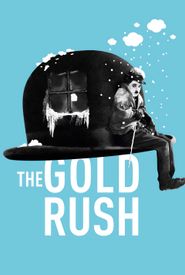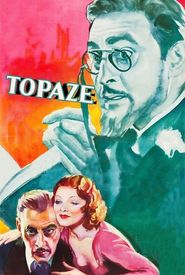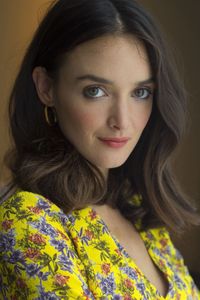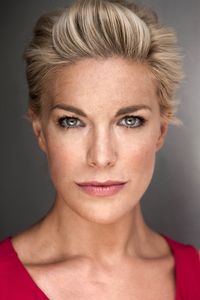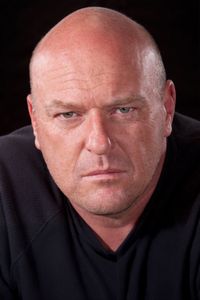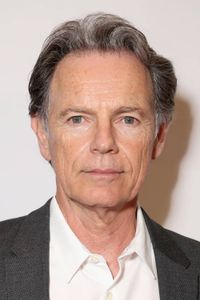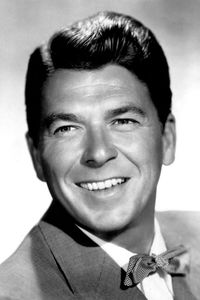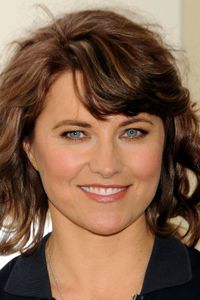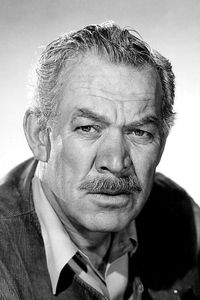Harry d'Arrast's entry into the film industry was marked by an unconventional path, as he was wounded while serving in the French army during World War I. As he recuperated in a military hospital, he met French-born American film director George Fitzmaurice, who extended an invitation for him to join him in Hollywood once he had fully recovered. D'Arrast accepted the offer and, upon his arrival in Hollywood, secured work as a researcher and technical adviser on several films, including Charles Chaplin's A Woman of Paris: A Drama of Fate, released in 1923.
He soon became Chaplin's assistant on The Gold Rush, a film that premiered in 1925, and began to hone his skills as a filmmaker. After several years of working behind the scenes, d'Arrast made his directorial debut in 1927, going on to direct seven films until his departure from Hollywood in 1933. Despite his relatively sparse output, his films were universally acclaimed for their wit, sophistication, beautiful photography, and smooth pacing.
However, d'Arrast often found himself at odds with his producers due to his refusal to compromise on the quality of his work, which led to a desire to speed up production. This led to a conflict that ultimately resulted in his departure from Hollywood in 1933. He then made a film in Spain before returning to his family estate outside of Monte Carlo, where he spent the remainder of his life.

